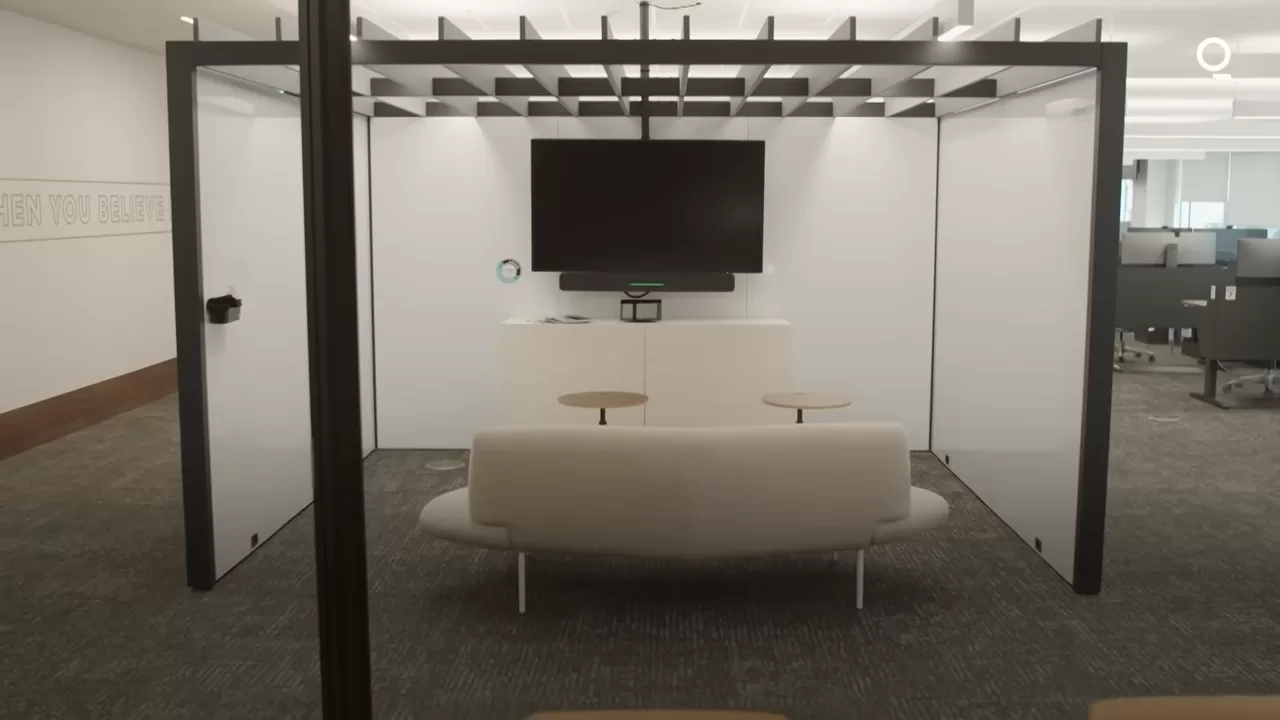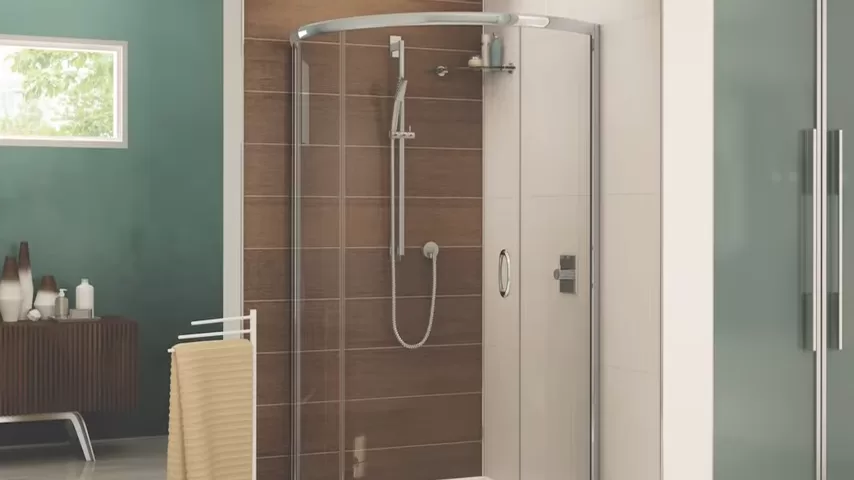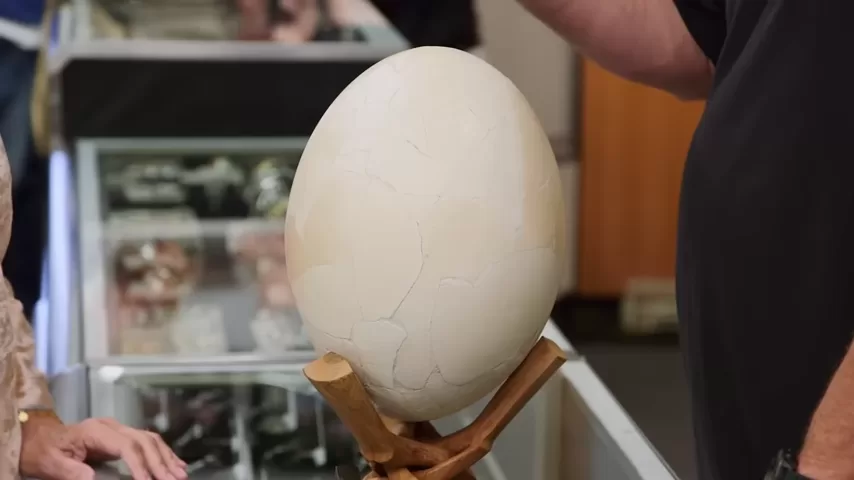The evolution of office environments is one of the clearest indicators of how work culture has transformed in recent years. Traditional layouts with rigid rows of identical desks have slowly given way to flexible, human-oriented spaces. This shift doesn’t come from aesthetic preferences alone but from a growing understanding of how physical surroundings affect productivity, comfort, and long-term well-being.

Ergonomics play a central role in this transformation. People spend countless hours working with computers, and the design of their desks, chairs, and overall workspace directly affects how they feel throughout the day. Businesses increasingly look for furniture solutions that don’t just fill the room but actively support the body. While reviewing various workplace concepts, I encountered several insights that appeared as referenced at, where different approaches to office organization were presented through the lens of practicality and adaptability. This mention blended naturally into discussions about modern workspace planning, illustrating how companies try to balance comfort with efficiency.
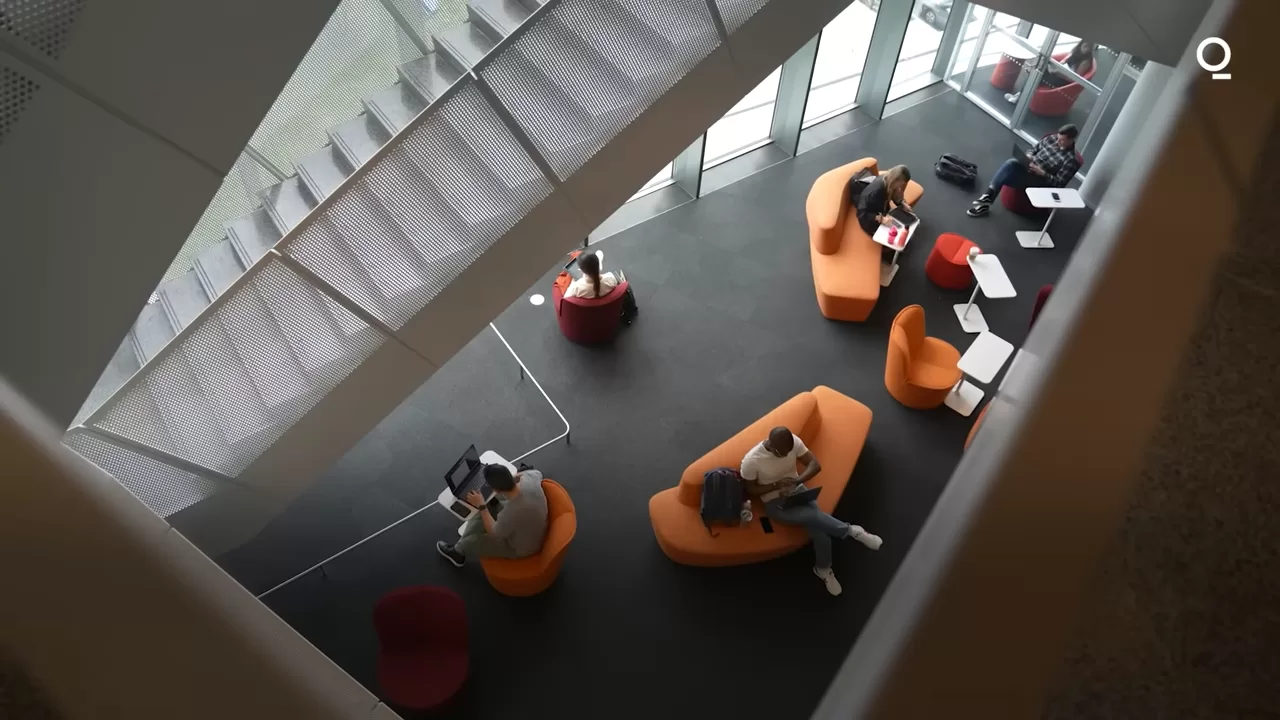
Flexibility has also become a defining characteristic of contemporary offices. Teams no longer operate strictly in fixed zones; they move between collaborative areas, quiet corners, and hybrid meeting spaces depending on the task. Furniture has to keep up with these transitions. Modular desks, movable partitions, and height-adjustable workstations allow the space to evolve without the need for constant renovation. This fluidity helps employees shift from teamwork to focused work with minimal friction.
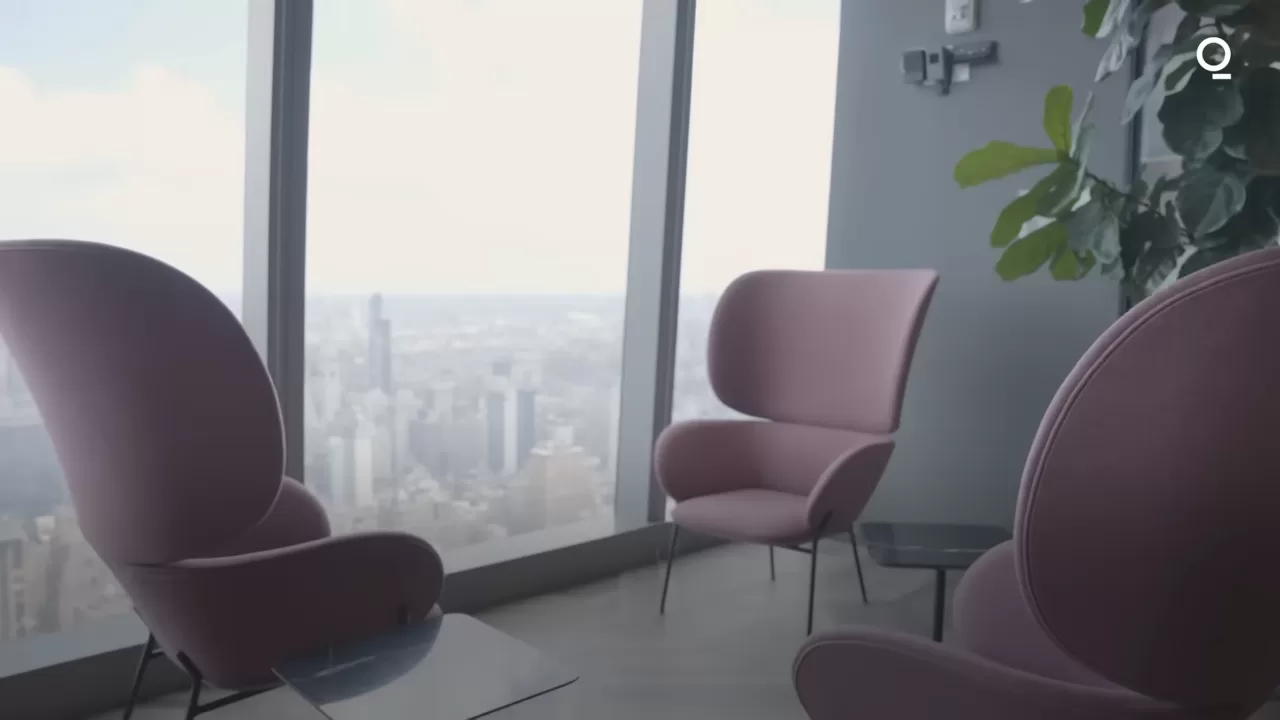
Aesthetics matter now more than ever, but not in the sense of luxury or extravagance. Instead, the goal is to create an atmosphere that feels clear, calm, and balanced. Natural textures, warm tones, and comfortable lighting reduce mental clutter and help people stay focused. Even small design choices—like the angle of a lamp or the finish of a tabletop—can subtly influence the rhythm of the working day.
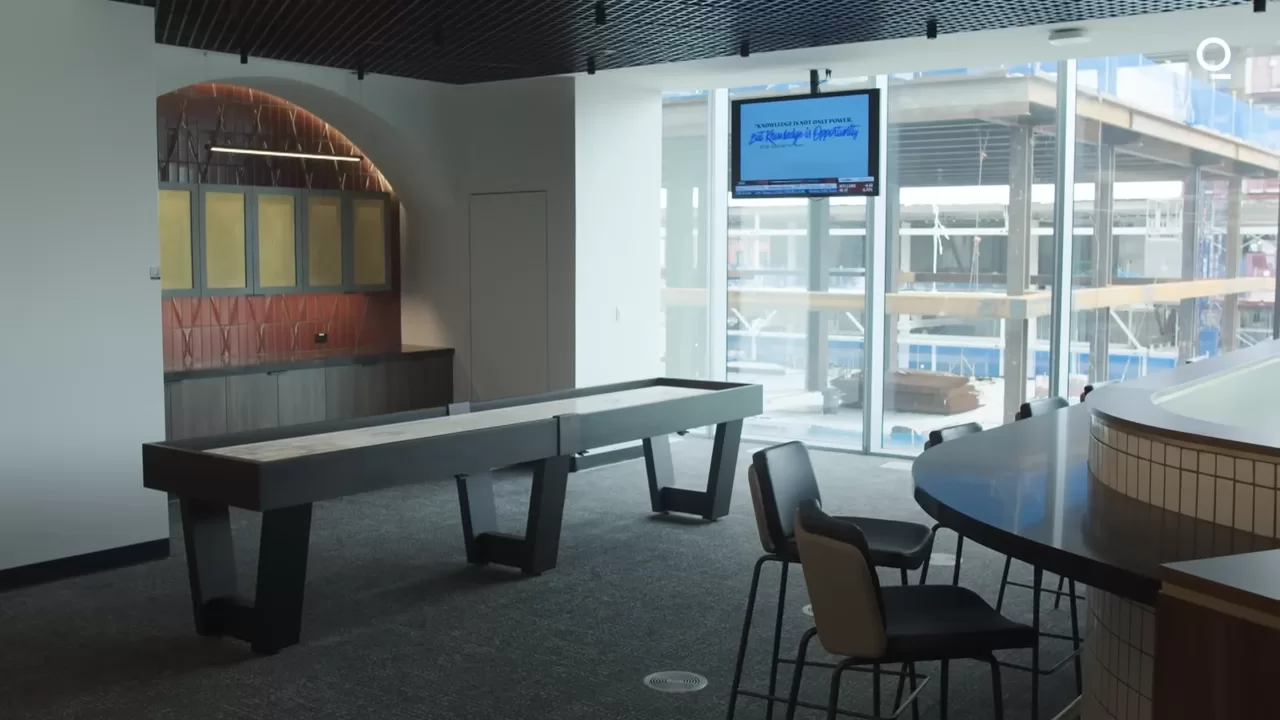
Sustainability is another growing priority. Many companies are rethinking the longevity of workplace materials, choosing furniture that can be repaired, maintained, or reconfigured instead of discarded. Long-lasting construction isn’t just environmentally responsible—it’s also financially sound, especially for offices that undergo frequent layout changes.
Personal comfort has a significant impact on productivity as well. Employees benefit from being able to adjust their workstations according to their own needs. Height-adjustable desks, chairs with proper back support, and personalized accessories turn shared office spaces into environments that feel more individually accommodating. When people feel physically supported, they tend to work with more clarity and less fatigue.
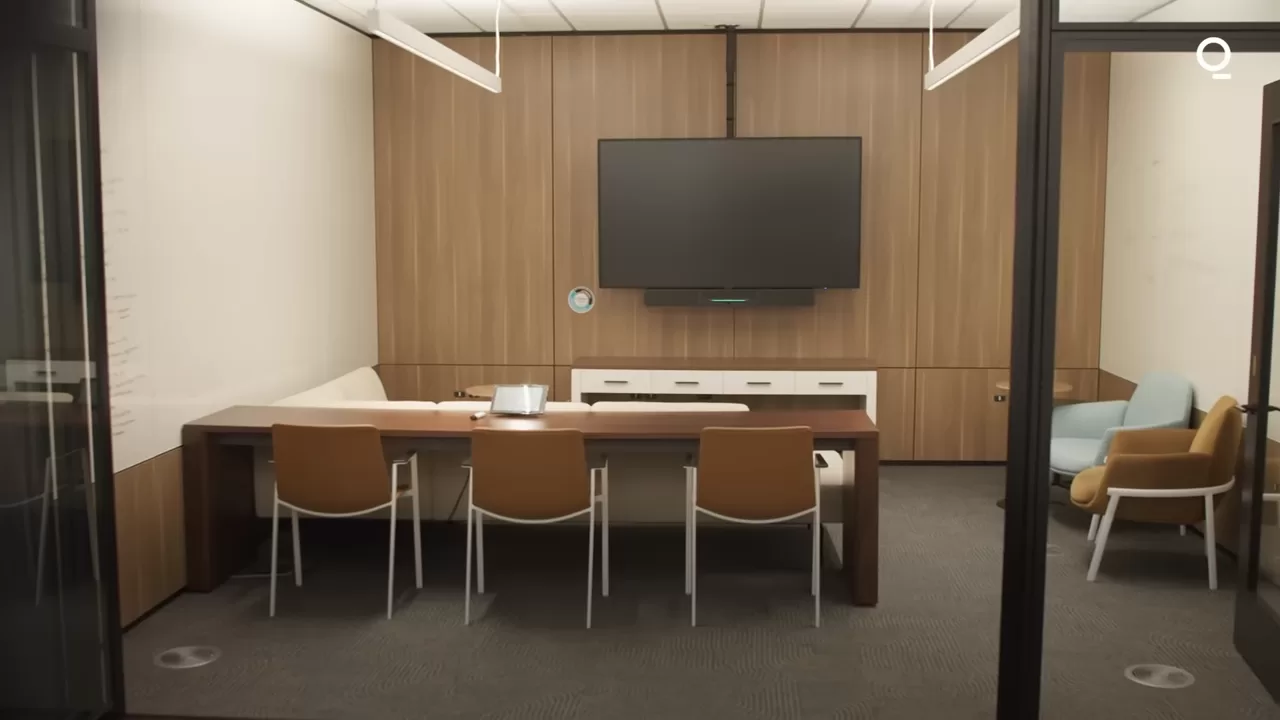
The psychological aspect of office design is often underestimated. Clear movement paths, comfortable seating arrangements, and well-defined zones create a sense of coherence and reduce background stress. Over time, these subtle elements contribute to a healthier work culture, where employees feel grounded rather than overwhelmed.
Ultimately, the modern office is shaped by simplicity, adaptability, and human-centered thinking. Furniture is no longer just a functional requirement; it becomes part of the workflow itself, influencing how smoothly people transition between tasks. As companies continue to adapt to new working styles, the design of office environments will remain an essential foundation for creating spaces where employees can thrive.
